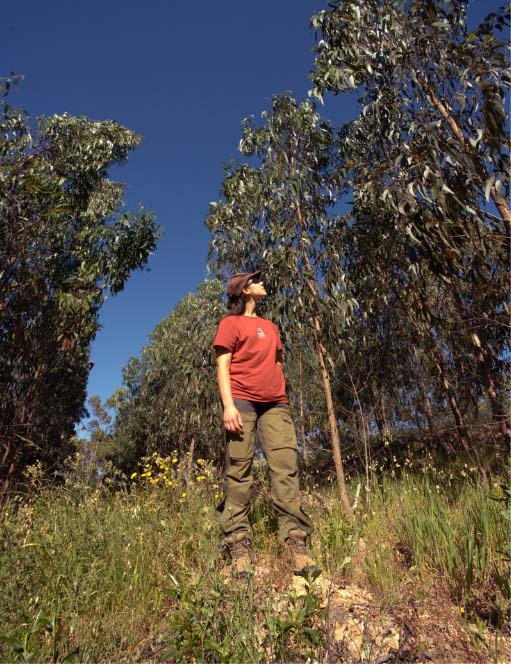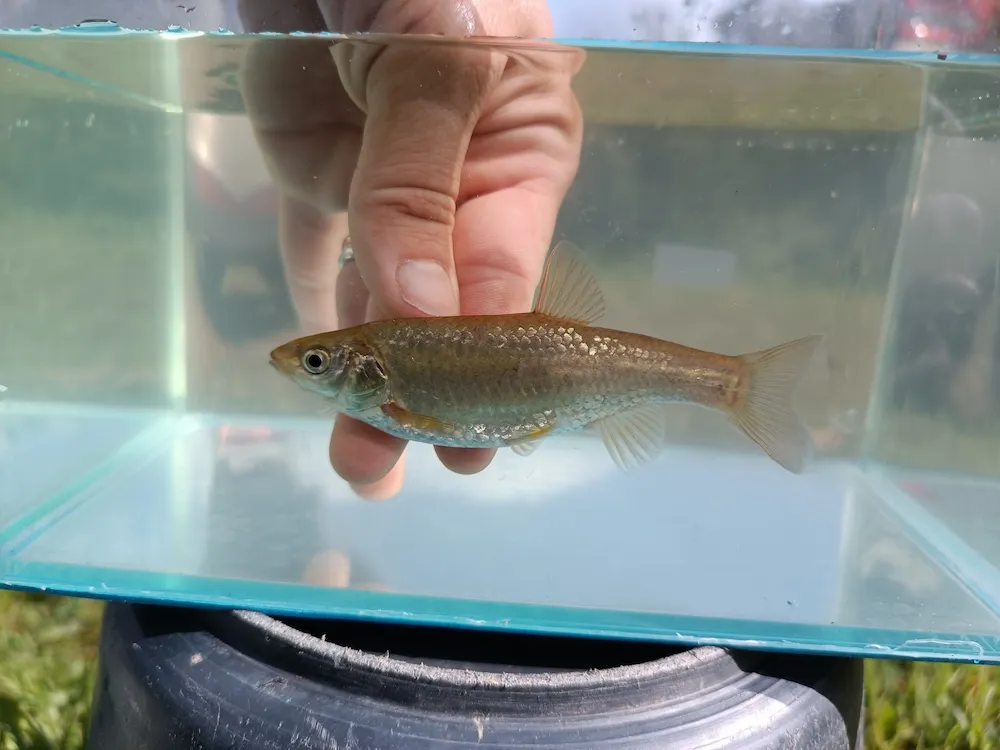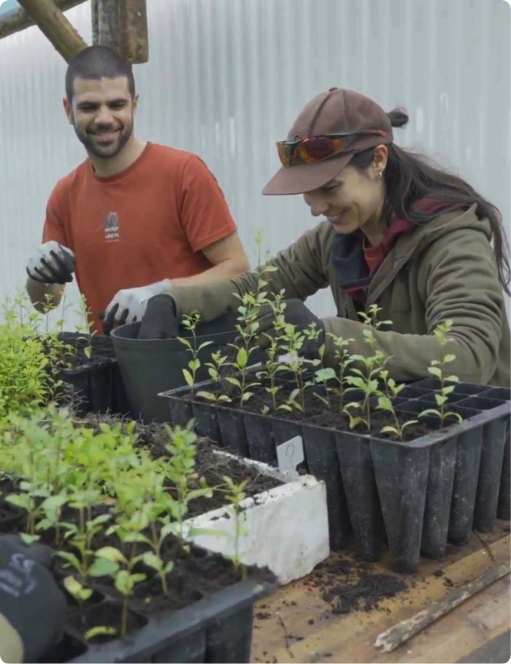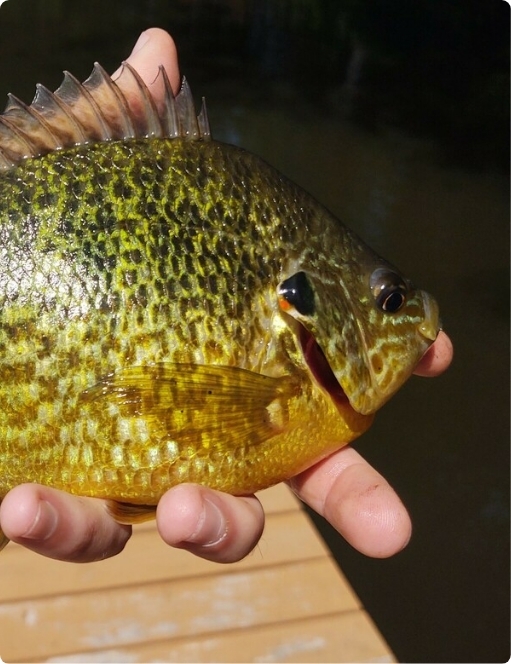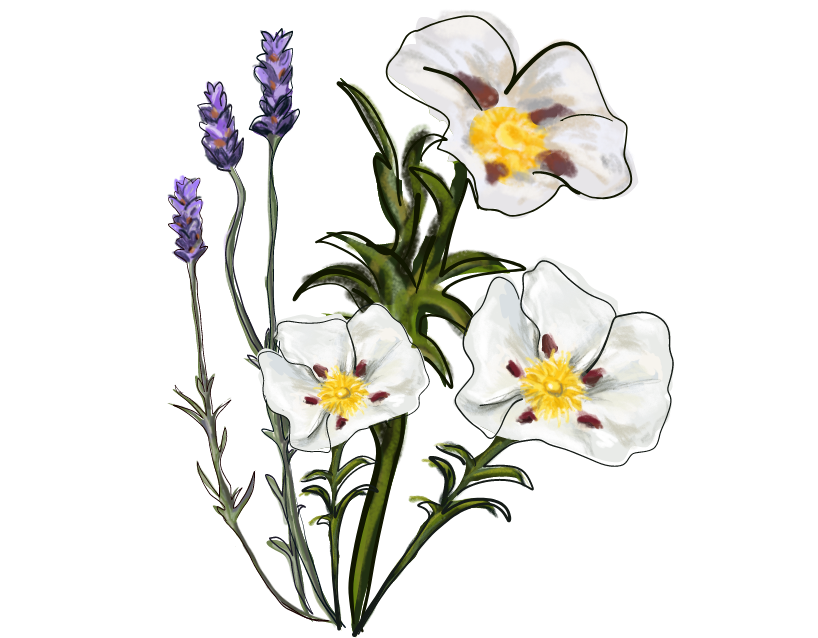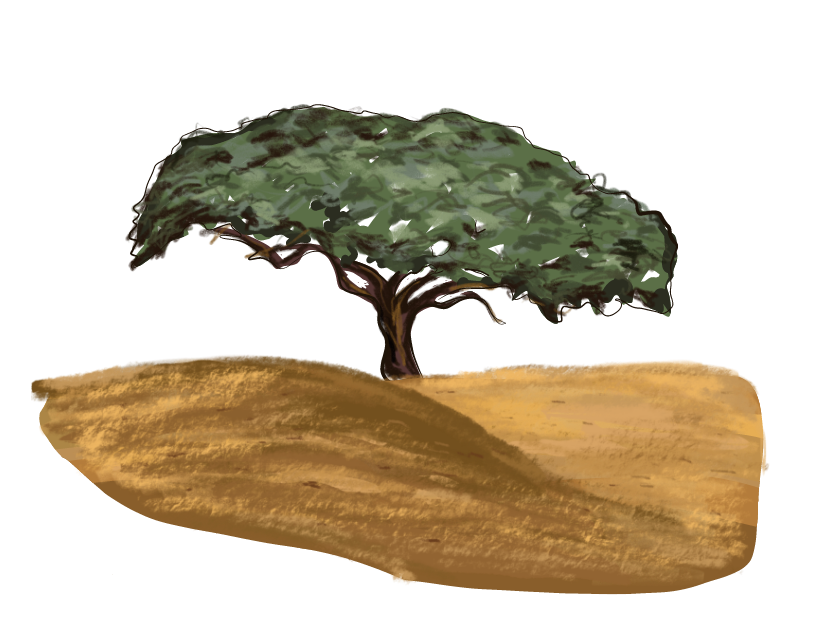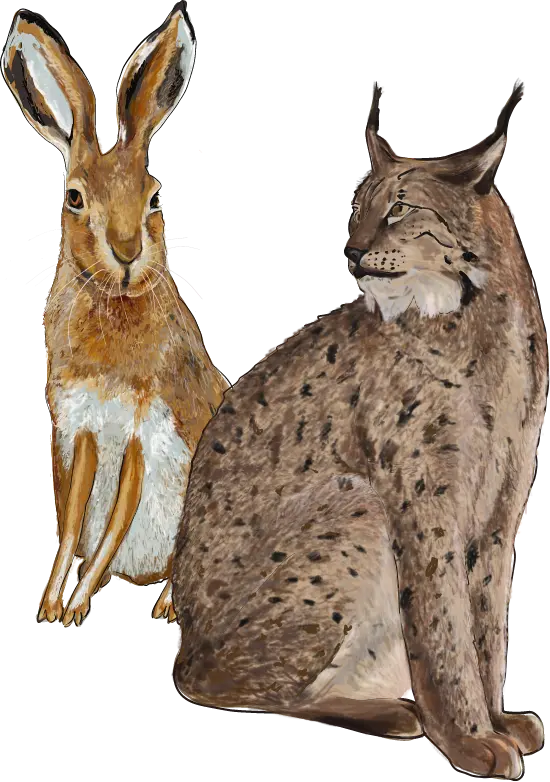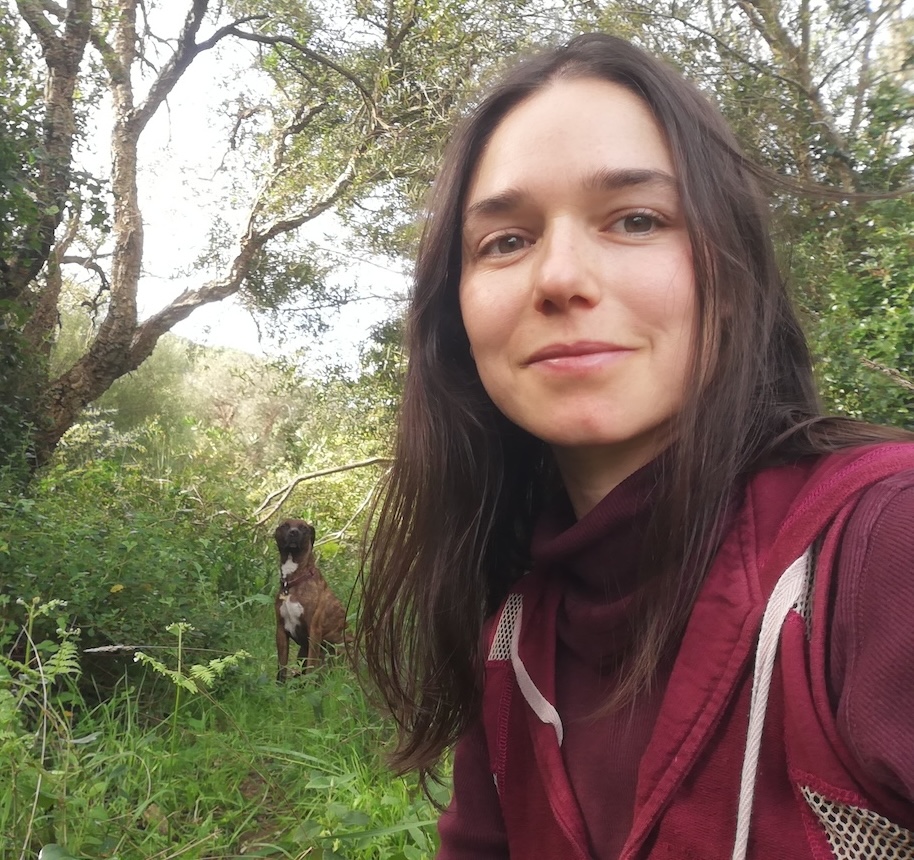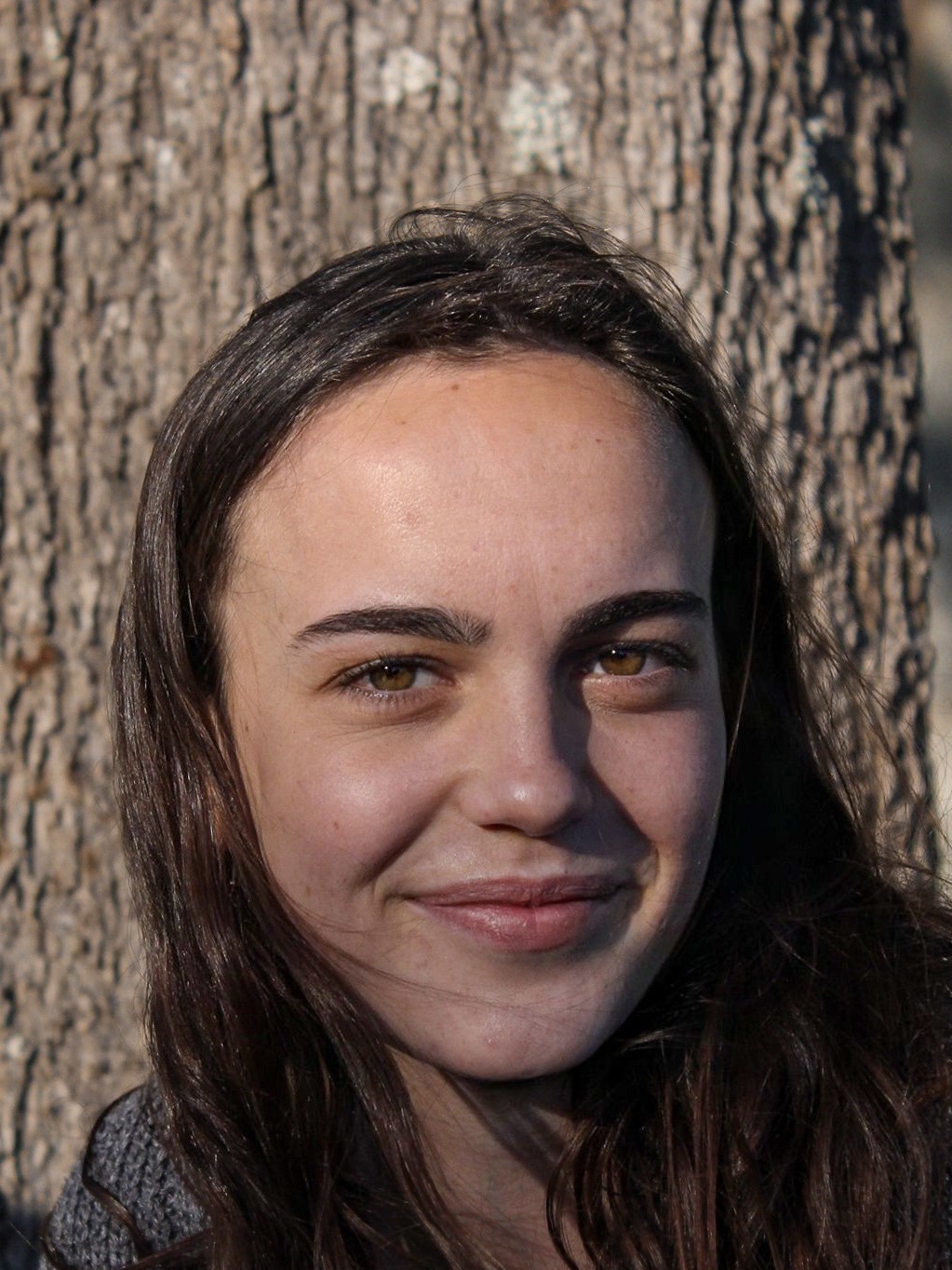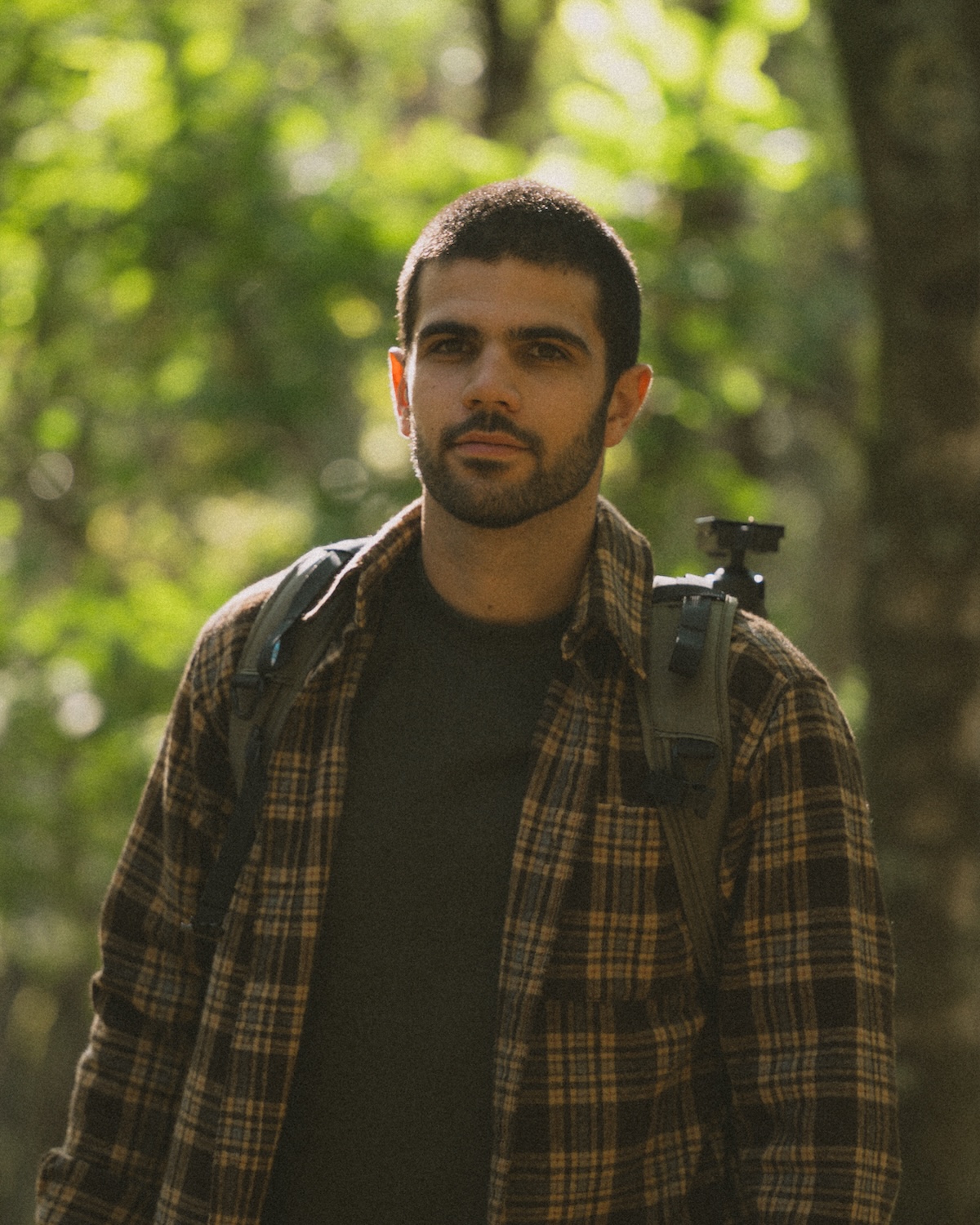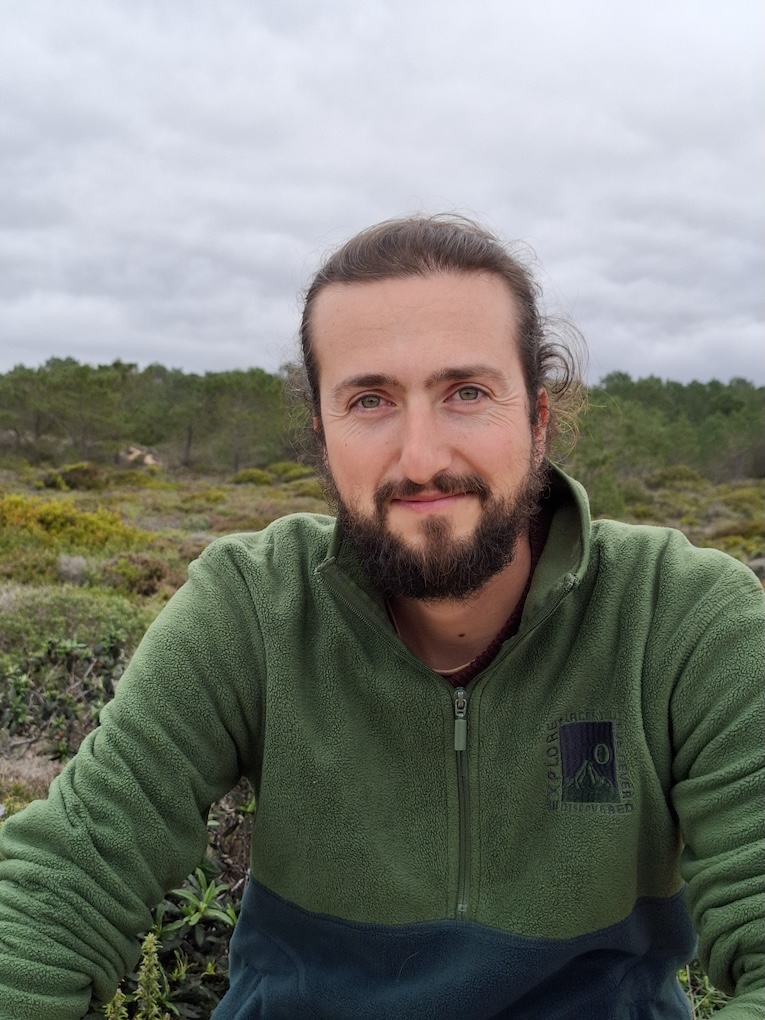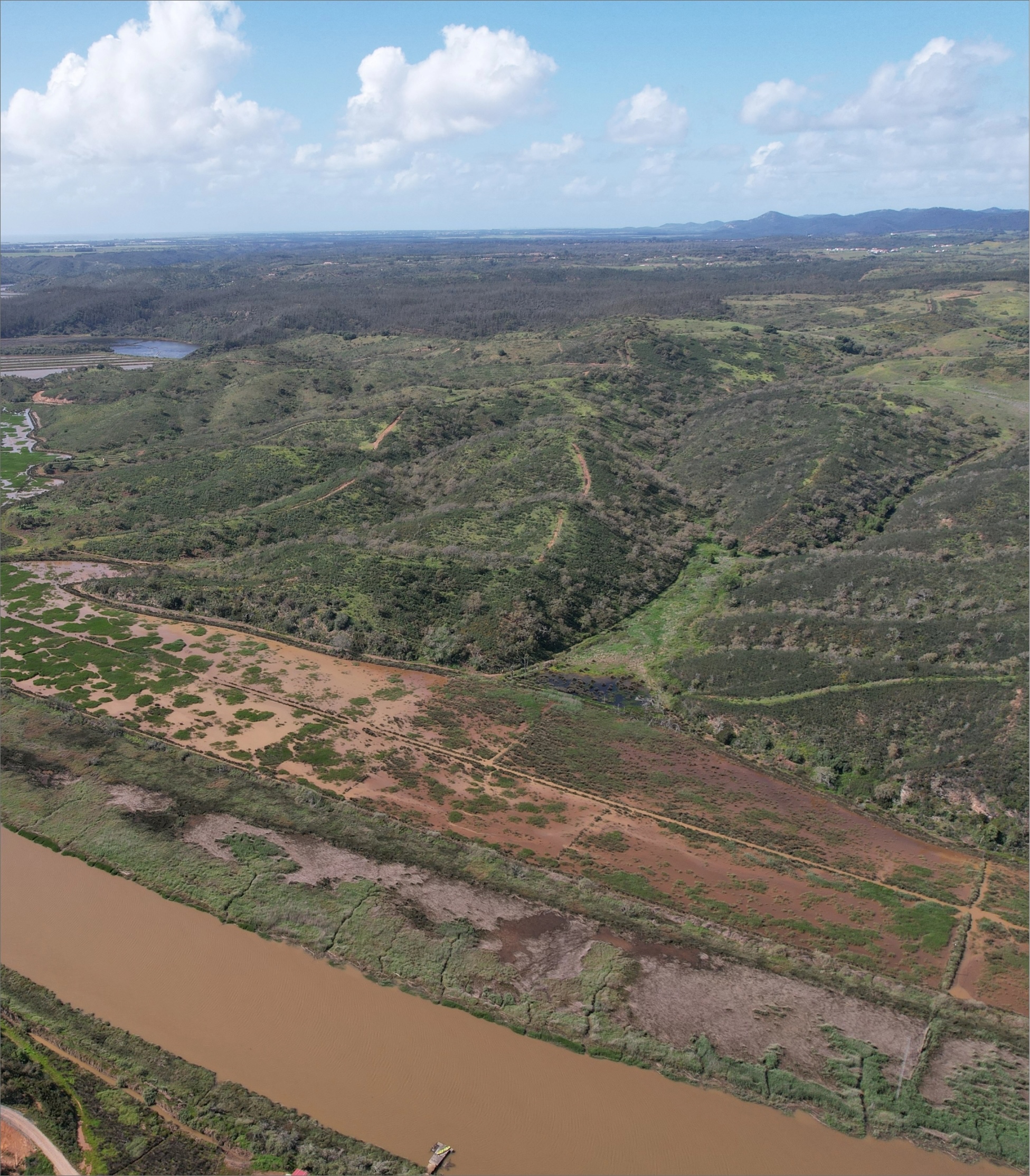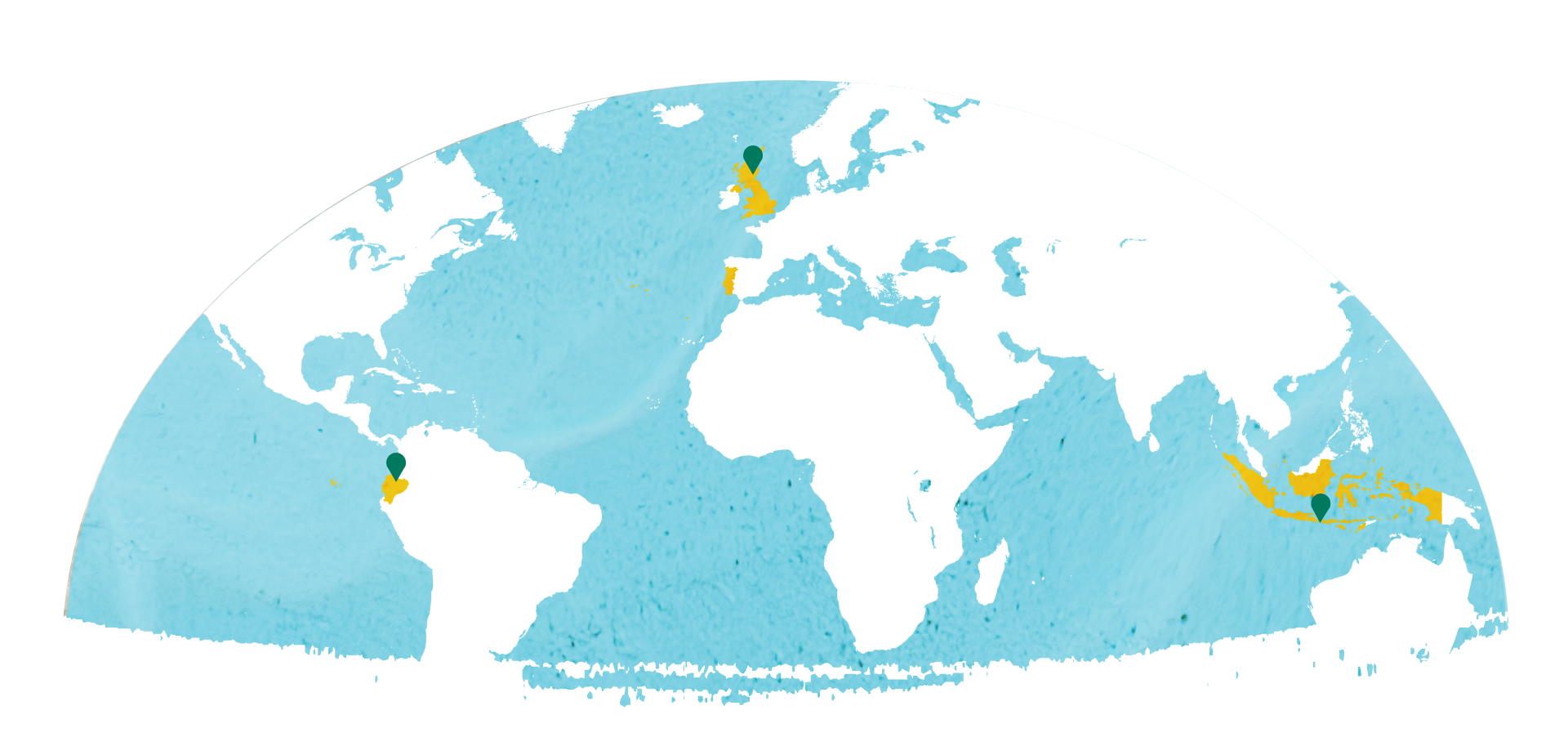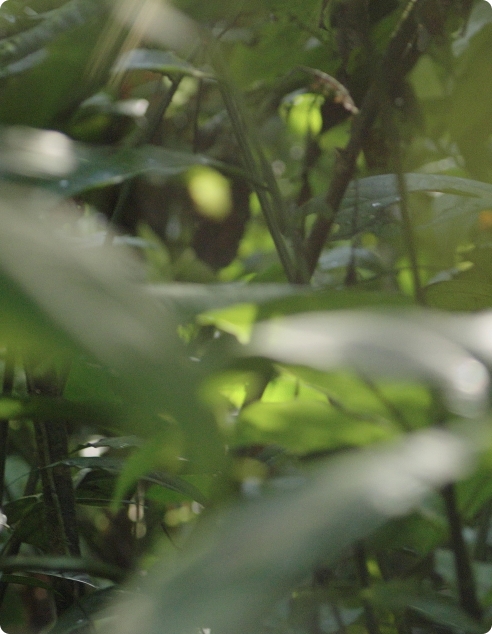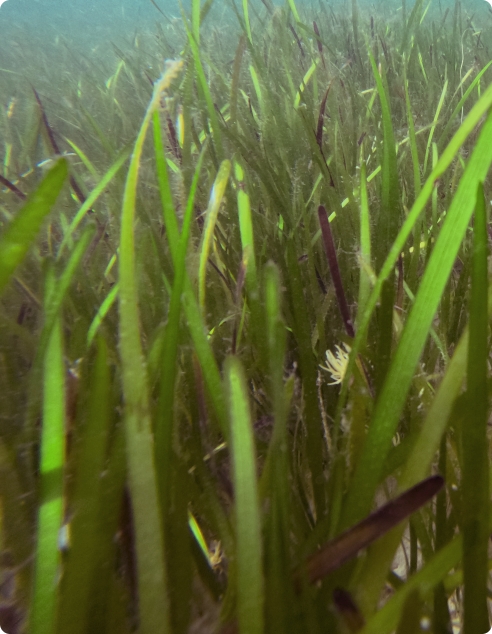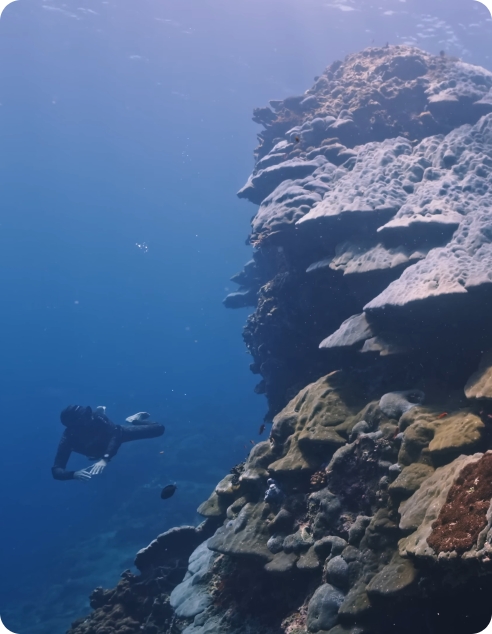New eucalyptus rewilding project
To begin, we're seizing a great opportunity to bring back threatened native forests to a region under desertification by tackling the paradigmatic abandonment of unproductive monocultures. In Portugal, this means stands of eucalyptus.
The eucalyptus issue
This exotic species is from the other side of the globe, yet it's the most planted tree in this part of the world. After some cycles of intensive silviculture, productivity halts and most stands are just left with their cropped stumps. Natural regeneration of other species tries to get going, but the eucalyptus stumps keep re-sprouting, holding back the land in its flow of ecological succession and posing a greater risk of wildfires.Paving the way for natural regeneration
This is why we're trying to develop a low-impact method for effectively removing the species and restoring native ecosystems in its place. Achieving cost-efficiency is another important goal in our sights to make this a scalable, thus widespread, phenomenon.This hands-on mission to innovate is beginning right by the Mira River, a key ecological corridor in the south of Portugal, with the idea of boosting our impact in the Alentejo region while doing direct conservation of endangered rich ecosystems, such as Iberian oaklands and riverine forests for species like the European wildcat and otter.
Pilot plot secured
We have signed the first contract on a plot with a long-term restoration commitment from a landowner, and we have conducted an array of baseline surveys. Our management plan is also ready and we are just closing in on the right partners to help us operate this sensitive work on the ground, starting in the autumn.Learn more
Here's our project page if you want more context on how we will intend to remove the eucalyptus trees. There's also some specific FAQs at the bottom of the page with answers to questions we expect some of you might want to know!
I've also attached a short vlog below to show you parts of the project site, and there's also this discussion video if you want to listen at length on how this project came about and the wider context in the Mira River basin.
I'm looking forward to bringing more news from this project over the coming months!
Header image credit: Udo Schwarzer
